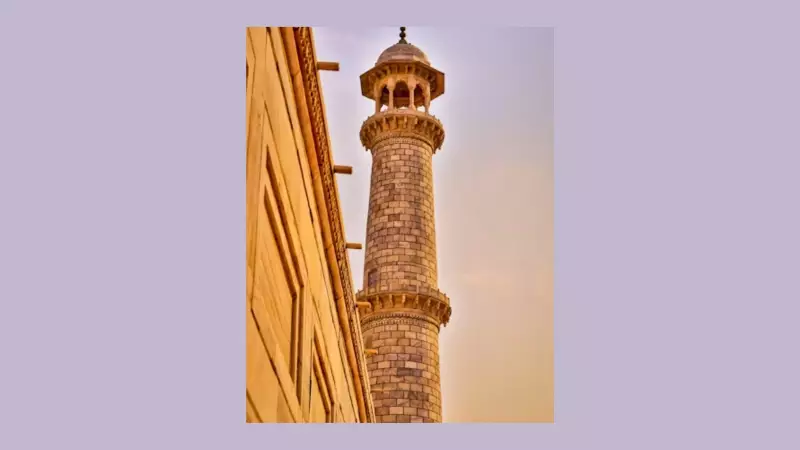
While the Qutub Minar rightfully claims its fame as one of India's most iconic monuments, the country boasts several other magnificent minarets that showcase incredible architectural diversity and historical significance. These towering structures stand as silent witnesses to India's rich cultural tapestry, each with its own unique story to tell.
1. The Eternal Symbol of Hyderabad: Charminar
Built in 1591 by Muhammad Quli Qutb Shah, the Charminar isn't just a monument—it's the very heart of Hyderabad's identity. This magnificent square structure features four grand arches facing different directions, each leading to bustling markets that have thrived for centuries. The minarets rise elegantly from each corner, creating a silhouette that has become synonymous with the city itself.
2. Delhi's Towering Legacy: Qutub Minar
No discussion of Indian minarets is complete without mentioning the UNESCO World Heritage Site that started it all. Standing at an impressive 73 meters, the Qutub Minar represents the beginning of Indo-Islamic architecture in India. Its intricate carvings and five distinct stories showcase the evolution of architectural styles across different ruling dynasties.
3. The Forgotten Gem: Haji Ali Dargah Minaret
Located off the coast of Mumbai, the Haji Ali Dargah features a stunning white minaret that seems to float on water during high tide. This 15th-century structure combines Islamic and Indian architectural elements, creating a spiritual oasis in the middle of the Arabian Sea that draws visitors of all faiths.
4. Agra's Architectural Masterpiece: Taj Mahal Minarets
While the main mausoleum rightfully captures attention, the four minarets framing the Taj Mahal are engineering marvels in their own right. Designed to lean slightly outward, these 40-meter tall structures would fall away from the main tomb in case of an earthquake, protecting the central monument.
5. The Spiritual Beacon: Fatehpur Sikri's Buland Darwaza Minarets
Rising 54 meters above the ground, the Buland Darwaza features smaller but equally impressive minarets that flank the world's highest gateway. Built by Akbar to commemorate his Gujarat conquest, these minarets showcase the grandeur of Mughal architecture at its peak.
6. The Serene Sentinel: Adina Mosque Minaret
Located in Pandua, West Bengal, the Adina Mosque boasts one of the most historically significant minarets in eastern India. Dating back to the 14th century, this structure represents the Bengal Sultanate's architectural innovation and stands as a testament to the region's Islamic heritage.
Why These Minars Matter Today
These architectural wonders are more than just tourist attractions—they're living monuments that continue to inspire awe and wonder. Each minaret tells a story of cultural synthesis, technological innovation, and artistic expression that defined different eras of Indian history.
Planning Your Visit: Most of these monuments are easily accessible and offer fascinating insights into India's multicultural heritage. The best time to visit is during the cooler months from October to March, when the weather makes exploration more comfortable.





